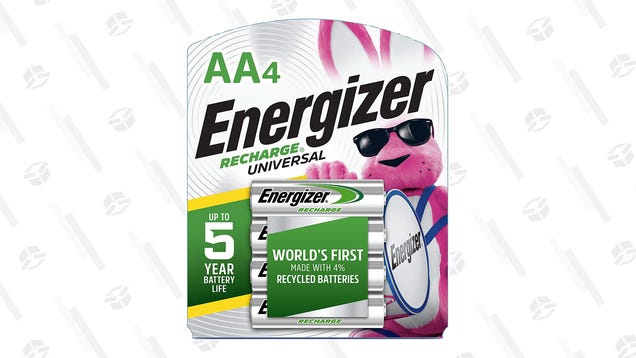
Cadillac, a once well-respected American luxury brand, has had difficulty getting and retaining customers in a highly competitive segment where foreign brands dominate. Cadillac hopes that an all-new sports sedan, the CT4, will start to change that. I have my doubts.
According to Automotive News, Cadillac is banking on the CT4 as a way to court younger buyers into the brand. The classic strategy with these entry-level models is you get someone on the lower rung of the price ladder, with the hopes that as their income and vehicle needs change over time they will stick with the brand and move up to larger and/or more expensive offerings.
I say this as the “classic” strategy, as it has been what Cadillac has been doing since the CTS came out in 2003.
However, Cadillac has been finding new ways to make a losing strategy worse. In its efforts, Cadillac seems to be focusing on the wrong things. Its first pitfall is launching a sedan in a market where buyers largely favor crossovers. The automaker is keenly aware of this and does make a case that it is important to play in those segments, as Automotive News reports:
”Cadillac has not abandoned providing world-class cars,” said Ken Kornas, product manager for the CT4 and CT5. “You hear a lot of discussion and talk about the shift in the marketplace to crossovers and SUVs. But we know to be a full-line global manufacturer … it’s important for us as Cadillac to play in these spaces. The CT4, and really the CT5, which is also launching this year, reflects Cadillac’s commitment as well as our realignment of our sedan portfolio.”
I don’t think there is anything wrong with making good sedans, the issue is depending on that segment to lift your sales figures. Not only is Cadillac relying on a sedan to get buyers, but they are also relying on a small sedan that it says competes with the Audi A3, Mercedes A-Class, and whatever fresh horror BMW is putting into showrooms. These types of cars primarily appeal to younger professionals that don’t need a lot of practicality and space. Perhaps Cadillac hasn’t been clued into the fact that Millennials, for the most part, do not have money to burn on luxury cars and those that do are not terribly interested in rocking a Caddy.
To overcome that hurdle Cadillac, believes that it will sway buyers because its CT4 will have standard rear-wheel drive compared to the others that are front-wheel drive.
“…RWD provides the CT4 with advantages in proportion, performance and weight distribution, Kornas said. “Where those key competitors are generally 59/41 percent front-to-rear weight distribution, you’ll see that we’re much closer to that 50/50 near perfect weight distribution.”
Other than the goofballs that read this website, the vast majority of the car-buying public either doesn’t care or doesn’t have a clue about how their drive wheels or the vehicle’s weight distribution impact their motoring experience. Furthermore, most of your non-car enthusiasts will likely tell you that they believe a rear-wheel-drive car will be less safe in the rain or snow. As to whether or not this is true isn’t nearly as relevant to the point that people perceive it so.
The other edge that Cadillac believes it has is the starting price of the CT4. It’s nominally $33,990. While it may come with some nice standard equipment, consumers looking at just surface comparisons may not find that starting MSRP terribly compelling compared to the Audi A3 that starts at $34,95 and the Mercedes A-class that starts at $32,800. While these “base model” cars are basically impossible to find on dealer lots regardless of the brand, Cadillac’s historically poor residual value is going to put the CT4 at a disadvantage when structuring leases, unless the brand is aggressive with rebates out of the gate.
Instead of focusing on perfect weight distribution, perhaps if Cadillac offered some cool tech like Super Cruise at an affordable price on these entry-level cars, it could have given itself a competitive edge. Or maybe the brand could have focused on its dealer experience, that by and large, isn’t the best at handling luxury car buyers who don’t have time for the typical pricing games. I’ve said before that good product isn’t enough, so relying solely on the merits of its models isn’t likely to get different results.













